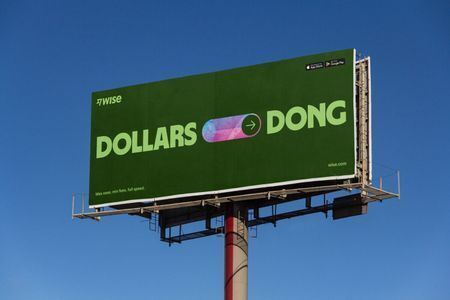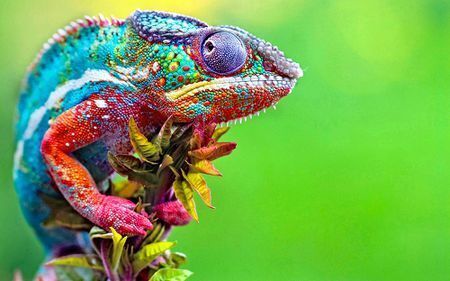August 11, 2025
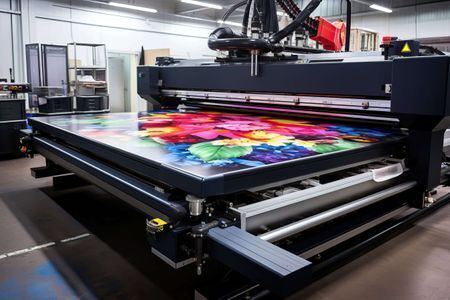
When you order large scale photo prints, resolution determines whether your brand's visuals command attention or fade into the background. Blurry edges, pixelated logos, and washed-out colors can ruin even the best creative concepts.
However, mastering image resolution for large format printing doesn’t have to feel complicated or overly technical. By knowing exactly how to prepare images for large format printing, you ensure crisp, vibrant prints every time.
Let's walk through a few practical steps to help you produce impressive visuals—whether you're printing a storefront banner, trade show signage, or custom displays.
Understanding Image Resolution and Its Impact
You've likely heard of DPI and PPI but may not know why they matter—especially when preparing images for large format photo printing.
DPI (dots per inch) refers to how many ink dots your printer places within a single inch. PPI (pixels per inch), meanwhile, measures pixel density in a digital image. Both directly affect image sharpness.
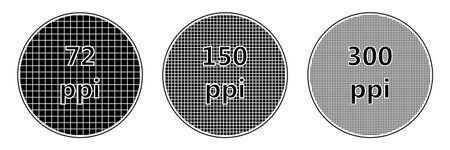
A common mistake is assuming web-optimized images will suffice for your print needs. Web images typically have a resolution of 72 PPI—perfectly acceptable for online viewing but inadequate for crisp, vivid banners or displays.
For clear results in large scale photo prints, aim for resolutions between 150 to 300 PPI. The ideal figure depends on viewing distance: up-close graphics, like trade-show signage, demand higher resolutions, while billboards can maintain visual impact at lower numbers.
Think of it this way: resolution acts like the thread count of printed visuals. Lower resolutions mean fewer details per inch, making your graphics appear grainy or blurred. Higher resolutions pack more detail into every inch, providing your visuals clarity that resonates with your audience.
6 Best Practices for Preparing Images for Large Format Printing
Getting great results in large format photo printing goes beyond selecting high-resolution files. Each step, from file format choice to ink selection, influences your final print quality. Here's how to prepare your files effectively.
1. Choose the right file formats
Begin your project by selecting file formats specifically suited to large-scale printing. TIFF, EPS, and PDF files are ideal choices because they preserve image quality without compression.
JPEG files might work fine for social media or web use, but the compression applied to JPEGs removes critical image detail. This missing information becomes especially apparent when enlarged for large-scale applications, causing visible artifacts or blurry edges.
For fine art reproduction (giclee), TIFF files are particularly advantageous. They preserve precise color accuracy and extensive tonal detail, critical for accurately reproducing an artist’s original intent. A TIFF file maintains maximum color depth, resulting in subtle tonal gradations and faithful color reproduction, essential for galleries, museums, or artist exhibitions.
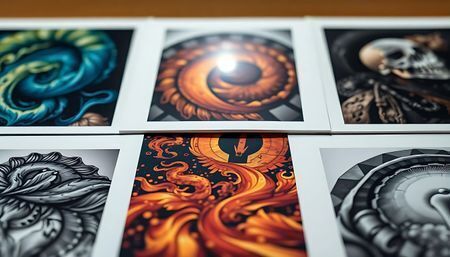
2. Optimize resolution at final output size
Always evaluate your image’s resolution based on the intended printed dimensions—not the file’s original digital size. For graphics viewed from a close distance (like tradeshow banners or retail displays), resolutions of around 300 PPI provide exceptional clarity and sharpness.
Outdoor banners or signage intended for viewing from a distance typically require lower resolutions, around 150 to 200 PPI, without noticeable loss of image quality.
A common question is why lower resolution sometimes works for large-scale outdoor prints. The human eye naturally blends detail from a distance, so slight pixelation isn’t perceivable.
However, cutting corners on resolution for indoor or close-up visuals is risky. Always consider the final viewing scenario when setting resolution parameters.
3. Prioritize vector graphics
Whenever possible, utilize vector graphics for elements like logos, text, or icons. Unlike raster images (photos), vector graphics are based on mathematical equations instead of pixels. This means they scale infinitely without quality loss or pixelation. Your brand’s logo will appear equally crisp on a small brochure or a massive storefront banner.
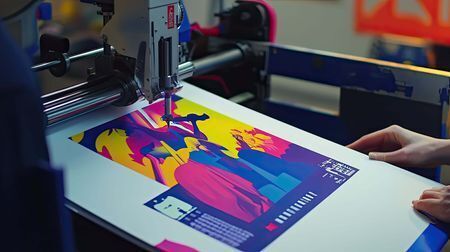
Integrating vector elements helps maintain visual consistency across different printed materials and ensures brand identity remains sharp and professional. While photos must remain raster-based, combining vector and raster content effectively can elevate the overall visual impact of your prints.
4. Understand ink types
The inks you select significantly affect color vibrancy, durability, and suitability for specific applications:
- UV Inks: Cured instantly using ultraviolet light, UV inks produce vivid, durable prints resistant to fading, scratches, and weather damage. They excel in outdoor environments and high-traffic areas like retail spaces or transit stations, where longevity matters most.
- Latex Inks: Offering vibrant color and versatility, latex inks are eco-friendly and odorless, perfect for indoor environments—such as retail, healthcare facilities, or offices. They maintain flexibility, making them suitable for textiles, wall coverings, or banners that need to drape or move naturally.
Special Inks and Expanded Gamuts: Traditional CMYK (cyan, magenta, yellow, black) printing provides a wide color range, but for truly eye-catching visuals, consider expanded gamut options such as CMYK + OGV (Orange, Green, Violet). The addition of OGV inks enhances the range and vibrancy of printed colors, especially beneficial for photographic images, fine art prints, and premium promotional materials.
Additionally, incorporating white ink and spot varnish can elevate your printed visuals further. White ink is ideal for printing on transparent or colored substrates, allowing colors to pop brilliantly. Spot varnish adds a tactile finish or visual highlights, accentuating key areas and creating a memorable, high-quality impression.
5. Explore large format silk screen printing for specific needs
While digital printing offers versatility and precise photographic reproduction, large format silk screen printing still holds unique advantages. It remains highly effective and economical for specific use cases:
- Large-scale signage or promotional banners requiring bold, consistent colors.
- High-volume printing jobs that demand durable, vibrant results over long runs.
- Situations requiring specific spot colors or precise brand color matching.

Because silk screen printing deposits a thicker ink layer, your printed colors remain vibrant and intense even under direct sunlight, ideal for outdoor signage. Keep in mind, silk screening isn’t practical for highly detailed photographic reproductions, but for bold visuals and solid graphics, it delivers impressive results.
6. Always run physical proofs
Never skip the proofing stage—digital screens rarely match printed output exactly. Monitor calibration differences, lighting conditions, and substrate characteristics all impact how colors and details appear in print. Requesting physical proofs ensures that your large format graphics come out precisely as intended.
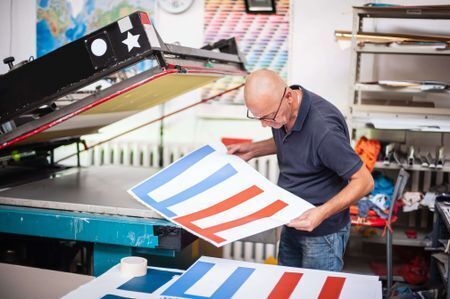
Physical proofs allow you to confirm color accuracy, inspect sharpness, and verify print quality before production. This step proves especially crucial for detailed projects, such as large scale photo prints, fine art reproductions, or marketing visuals where color accuracy and detail matter significantly.
Taking the extra time to proof prevents costly mistakes, minimizes reprints, and guarantees impressive final outcomes.
Make Every Pixel Count
Preparing images correctly is about precision, purpose, and understanding your end goals. From custom printing projects to high-impact digital printing campaigns, quality visuals leave lasting impressions—clarity translates into credibility.
Whether you're focused on indoor displays or outdoor signage printing, choosing the right image resolution, inks, and printing techniques is key to success.
At Intermedia Print Solutions, your vision becomes reality. Our experts handle everything from image preparation to final production, ensuring your prints exceed expectations. Need professional guidance or ready to start your next print project?
Share your print goals today and let our team reach out to you!

